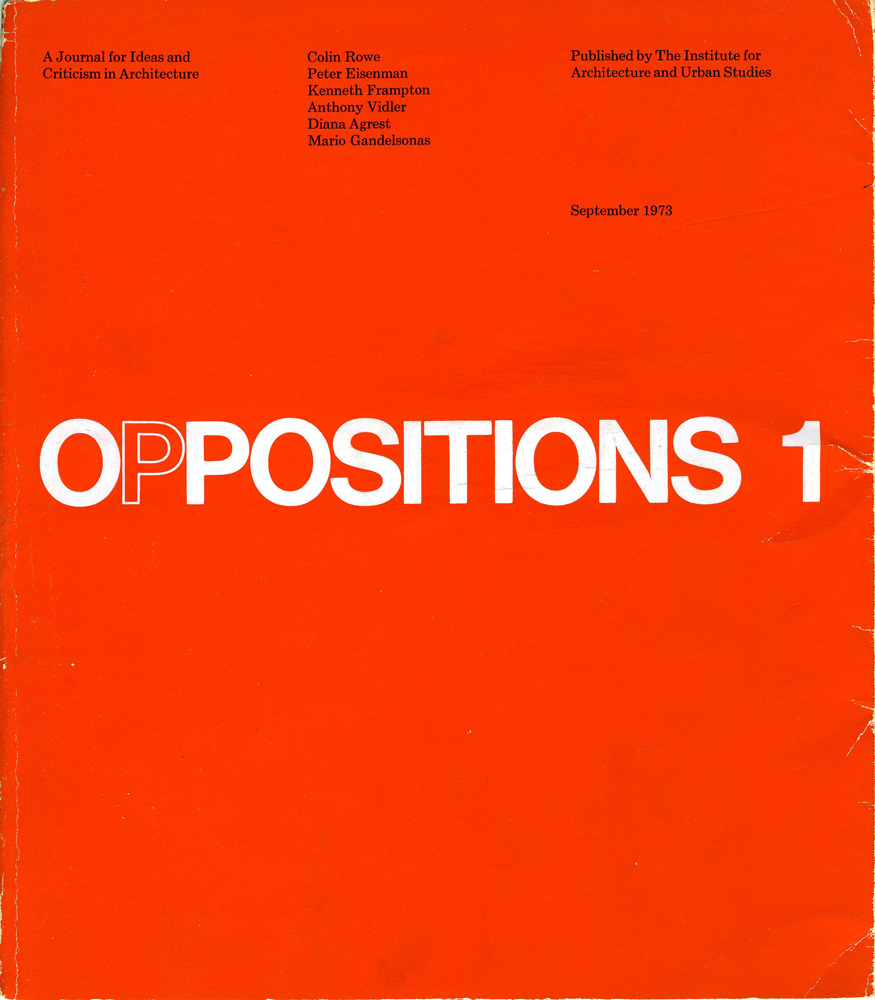Fig.
1 -
Cover of the n.359-360 of Casabella The City as an Artifact
– December – January 1971

Fig.
2 - Members
of the IAUS football team version. On the shirt the logo of the
Institute with the Vitruvian Man by Cesare Cesariano. From
«Casabella» n. 359-360.

Fig.
3 - P. Eisenman, M. Graves, The Jersey Corridor Project
– 1965

Fig.
4 - Exhibition catalog The New City: Architecture and Urban Renewal. Museum of Modern Art in New York - 1967.

Fig.
5 - Cover of the first volume of New Urban Settlements: Analytical Phase designed by Robert Slutzky - IAUS, 1971.

Fig.
6 - Dinner
at IAUS about 1974. Among those present were P. Eisenman, M.
Gandelsonas, M. Vriesendorp, R. Koolhaas, J. Bloomfield, A. MacNair, A.
Vidler, R. Meier, K. Frampton, D. Agrest.

Fig.
7 - Tafuri at Princeton with P. Eisenman, M. Gandelsonas and A. Vidler, 1974.

Fig.
8 - P. Eisenman, study for the cover of the first issue of «Oppositions», 1973.

Fig.
9 - The IAUS publications. Image taken from a presentation brochure of the 1979 Institute.

Fig.
10 - Cover of OPPOSITIONS n. 1, 1973.
